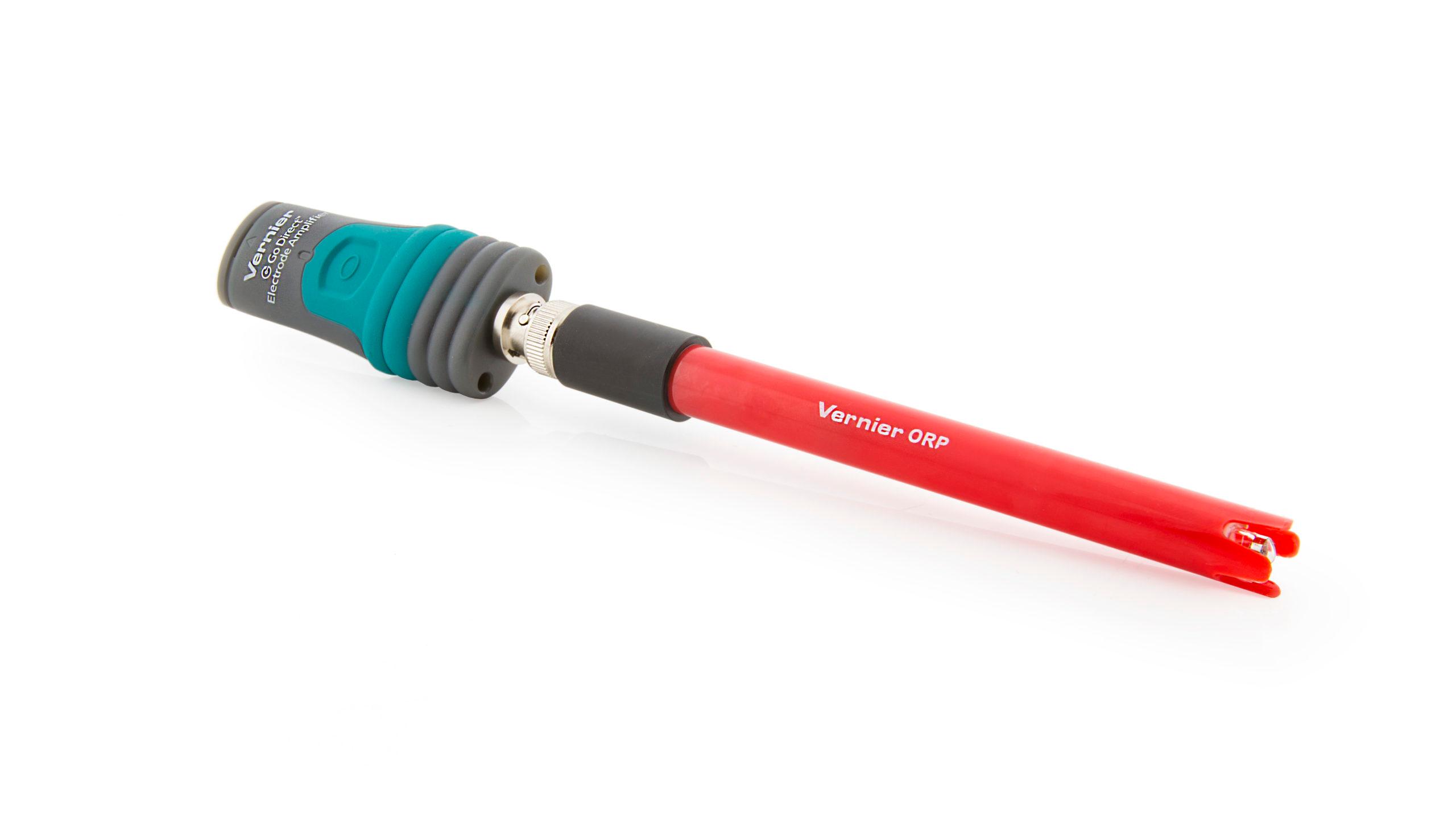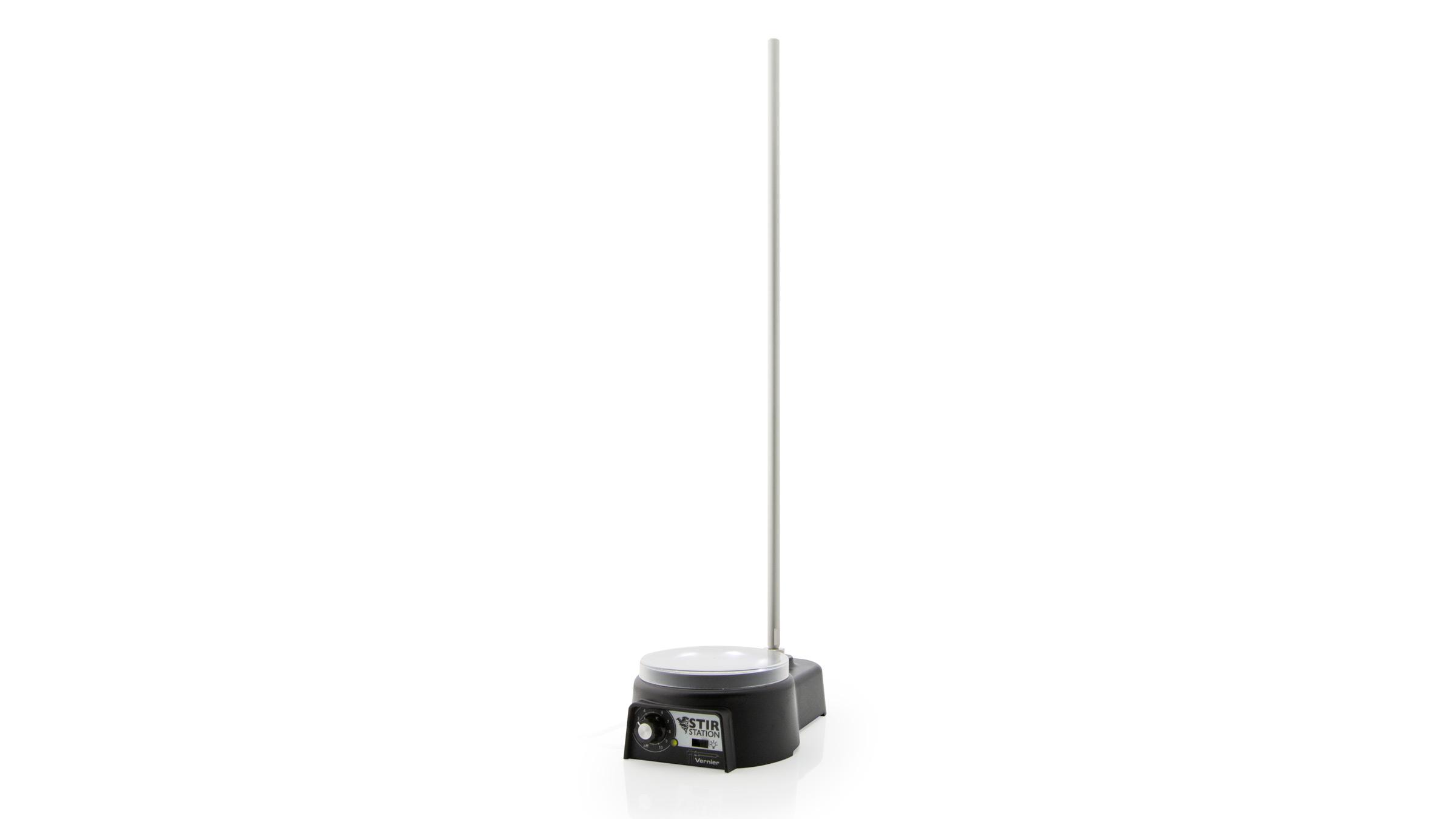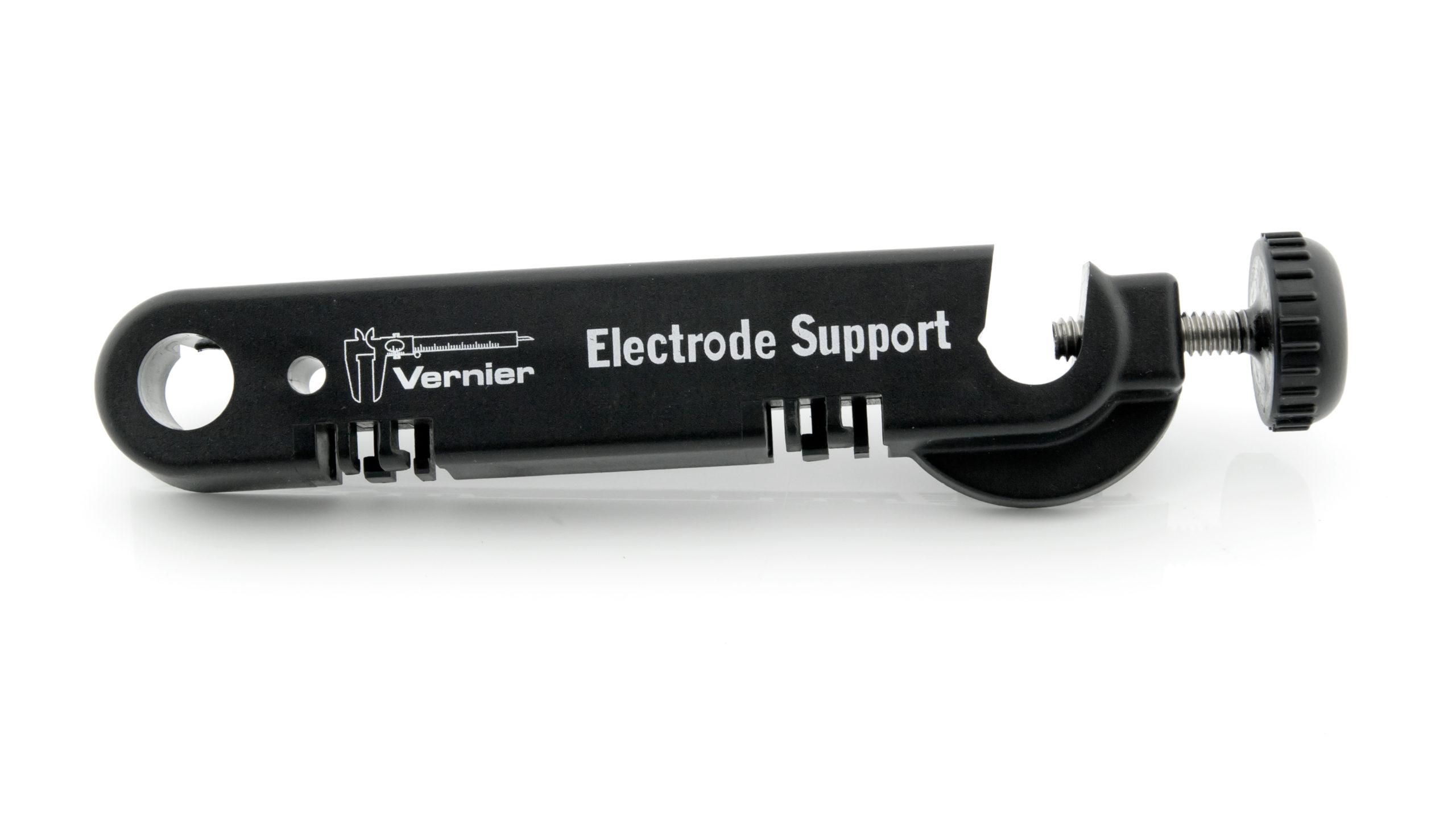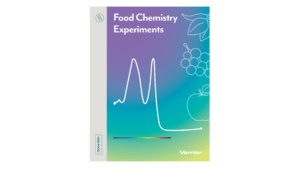Introduction
Vitamin C, also known as ascorbic acid, is an antioxidant that is essential for humans. The main source of vitamin C for most people is raw citrus fruits and their juices. There are several benefits of vitamin C including boosting your immunity, improving iron absorption, and reducing blood pressure. According to the FDA, the recommended daily allowance (RDA) for adults is 90 mg/day1 Dietary Supplement Label Database https://www.dsld.nlm.nih.gov/dsld/dailyvalue.jsp.
One way to determine the amount of vitamin C in juice is to use a redox titration. In a redox titration, one compound donates electrons to another compound. The compound losing electrons is oxidized and the compound gaining electrons is reduced. A redox titration is a better choice than an acid-base titration because the reaction is selective for vitamin C and the titrant doesn’t react with other acids in the juice.
In this redox reaction, vitamin C is oxidized to dehydroascorbic acid while iodine is reduced to iodide:
C6H8O6 + I2 → C6H6O6 + 2I– + 2H+
Iodine is relatively insoluble, but this can be improved by complexing the iodine with iodide to form triiodide. Triiodide also oxidizes vitamin C to form dehydroascorbic acid:
C6H8O6 + I3– → C6H6O6 + 3I– + 2H+
The triiodide ion is formed using iodate and iodide in an acidic solution according to the following equation:
IO3– + 8I– + 6H+ → 3I3– + 3H2O
In this experiment, you will use an Oxidation-Reduction Potential (ORP) Sensor to monitor the redox titration of vitamin C from a juice sample and determine its concentration.
Objectives
- Titrate a vitamin C solution.
- Determine the concentration of vitamin C in the solution.
Sensors and Equipment
This experiment features the following sensors and equipment. Additional equipment may be required.
Ready to Experiment?
Ask an Expert
Get answers to your questions about how to teach this experiment with our support team.
- Call toll-free: 888-837-6437
- Chat with Us
- Email support@vernier.com
Purchase the Lab Book
This experiment is #12 of Food Chemistry Experiments. The experiment in the book includes student instructions as well as instructor information for set up, helpful hints, and sample graphs and data.




